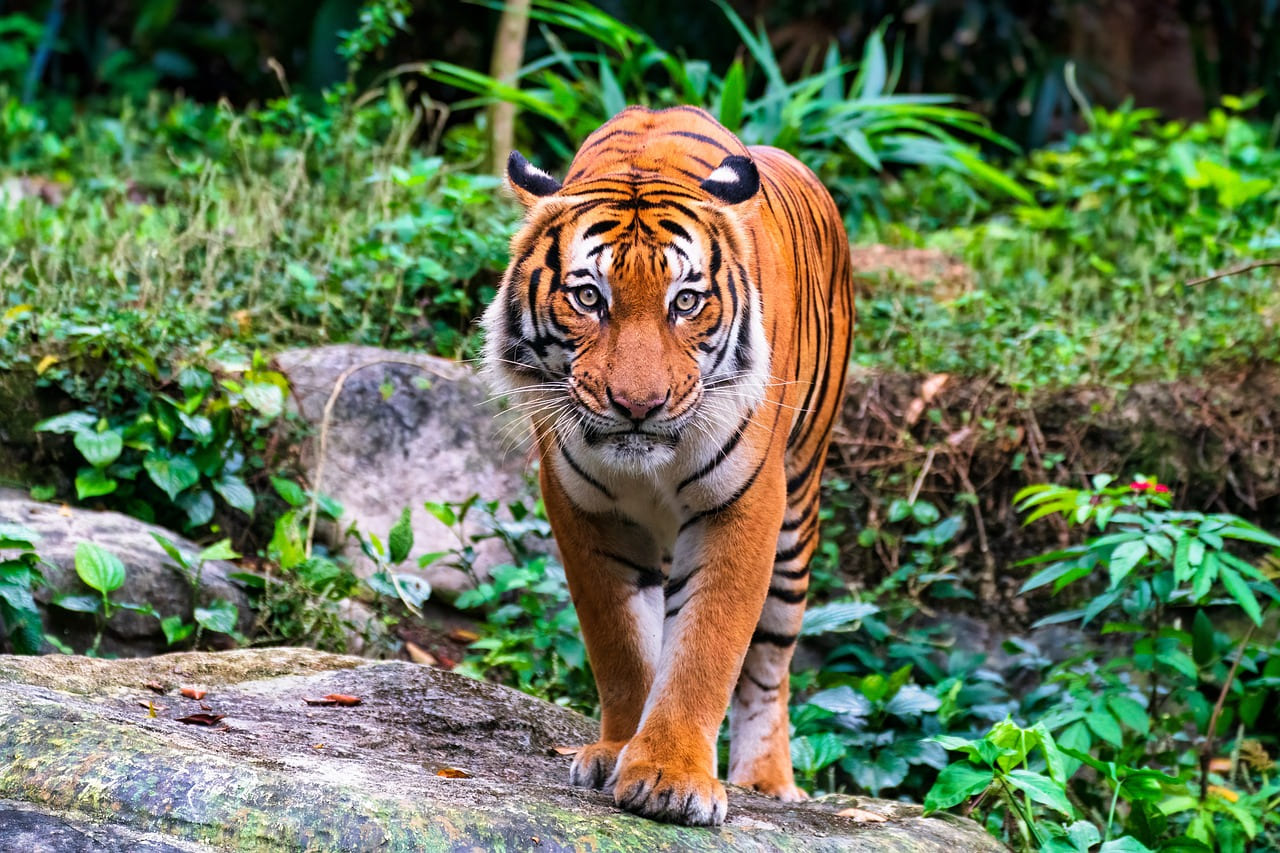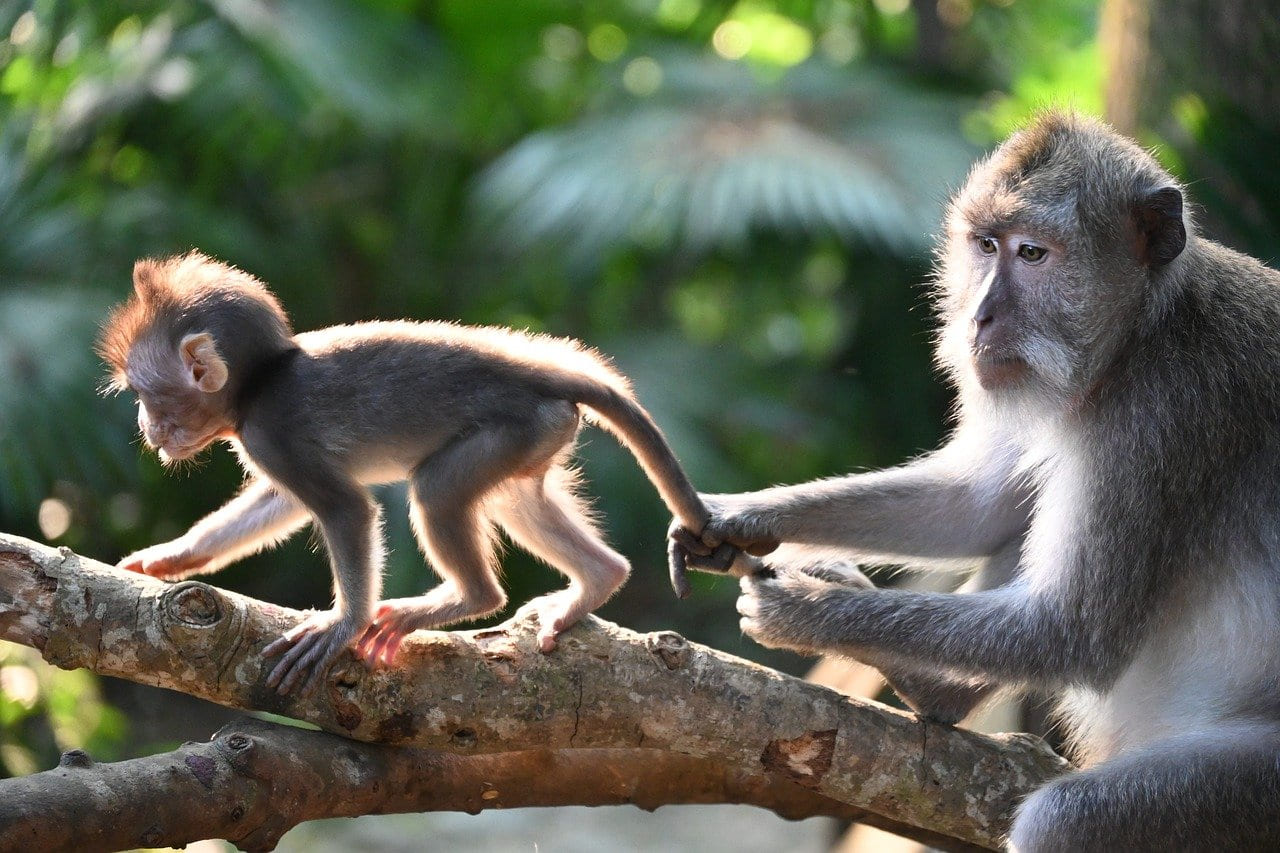

The Importance of Zoos in Urban Areas
Zoos in urban areas provide a unique opportunity for city dwellers to experience wildlife up close. They offer a chance for people, especially children, to learn about animals they may never see in the wild, fostering a deeper connection to nature.

Zoos and Wildlife Rehabilitation
Zoos often serve as rehabilitation centers for injured or sick animals. Veterinarians and caregivers work together to nurse animals back to health, with the ultimate goal of releasing them back into the wild whenever possible.

How Zoos Support Pollinator Conservation
Zoos are increasingly involved in pollinator conservation efforts, creating habitats for bees, butterflies, and other pollinators that are essential to maintaining biodiversity. By protecting these small but vital species, zoos contribute to the health of entire ecosystems.






















